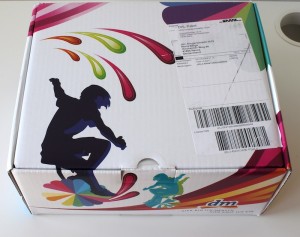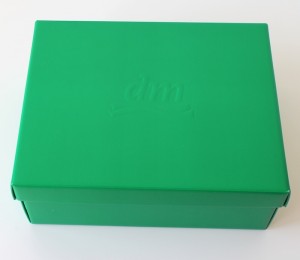Mein Sektional-Garagentor ist mit einem Sommer Duo Vision 650 Garagentorantrieb ausgestattet. Dieser Antrieb machte nun plötzlich gut sechs Jahre nach Bau unseres Hauses und damit Installation des Antriebs Ärger. Sporadisch bei Bedienung fuhr das Tor zwar noch hoch, schloss sich aber nicht wieder. Einige Wochen nach Beginn der Probleme war die Schließfunktion permanent ausgefallen, so dass ich die Notentriegelung benutzen musste, um das Tor manuell bedienen zu können.
Als technisch interessierter und vorgebildeter Mensch war mir das natürlich Ansporn, der Sache auf den Grund zu gehen. Also zunächst ein bisschen gemessen…
Das Gehäuse der Steuerung liess sich leicht von unten öffnen, nachdem ich die Lichthaube nach oben abgeschoben und die zwei darunter liegenden Schrauben entfernt hatte. Zum Vorschein kam die Steuerplatine, die einfach nur über einen Platinenstecker in einen entsprechenden Sockel eingesteckt ist. Auf dieser befinden sich zwei Relais, die jeweils die 24 V-Versorgungsspannung, die der Ringkerntrafo generiert, in der einen oder anderen Polung an die C-Schiene und Kette anlegt. Also einfach mal gemessen, ob die Spannungen zuverlässig anliegen — das war der Fall. Als Nächstes mal das Gehäuse des Laufwagens öffnen und dort messen. Auch dort lagen die jeweiligen Spannungen bei Bedienung des Tasters an der Steuerung an.
Hmmm. Was konnte also das Problem sein? Kann ein Motor so kaputt sein, dass er sich noch in der einen Richtung dreht, in der Gegenrichtung aber nicht mehr? Das erschien mir sehr unwahrscheinlich. Was konnte es also sonst sein?! Ob es viellecht der Endschalter war, der das Ende des Schließvorgangs verursacht? Also die Kontakte von der Motorplatine abgezogen und mit dem Multimeter gemessen — Bingo, in einer Stellung des Laufwagens, in der keiner der Endschalter betätigt wurde, hatte der eine Endschalter Durchgang, der andere war geöffnet.
Also habe ich ein entsprechendes Ersatzteil bestellt und dies gestern Abend eingebaut. Der Einbau war nicht schwierig selbst für mich als nicht sehr geübten “Schrauber”, allerdings war doch der eine oder andere “Trick” erforderlich, was ich im Folgenden schildern werde.








